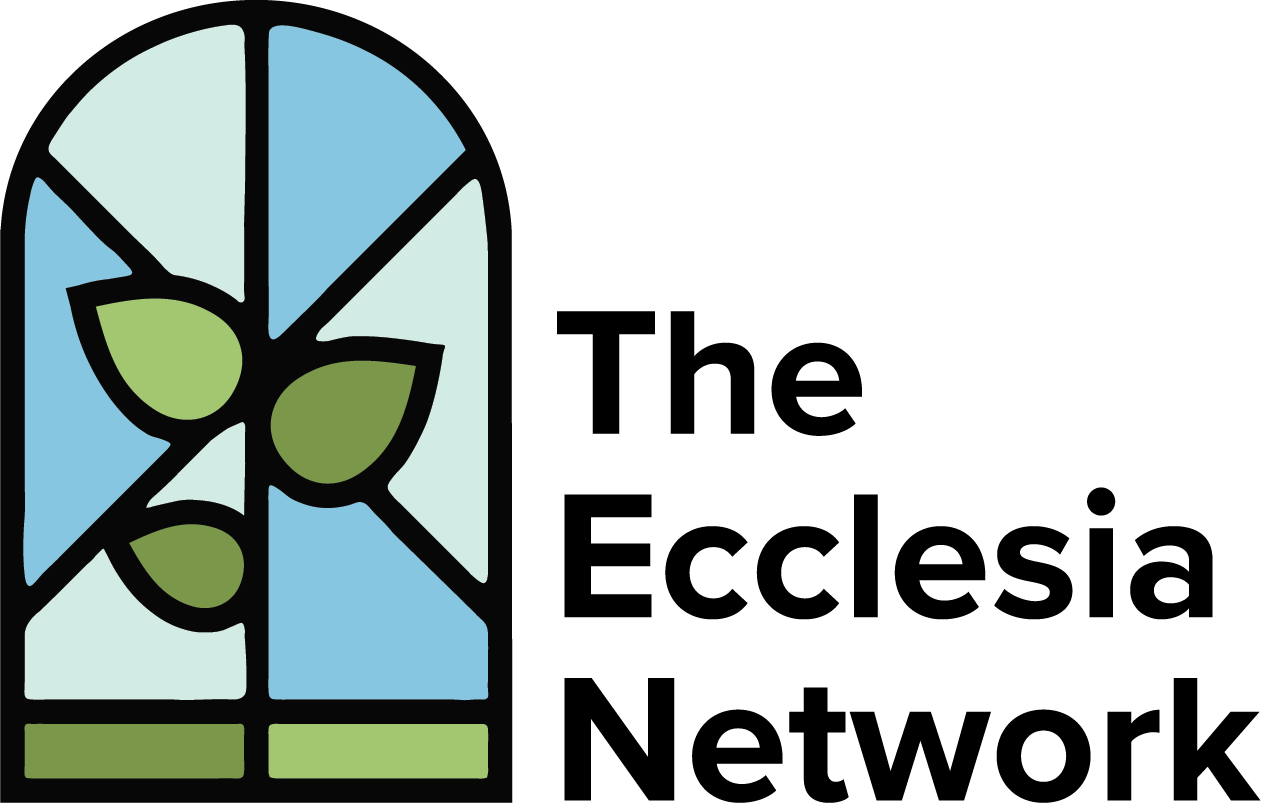The last few years I’ve spent a lot of time with different Christian denominations. In fact, being bi-vocational, it’s one of my jobs. Sometimes I am surprised at the places I find myself. I’ve spoken in places where I walked in and a picture of Bishop Shelby Spong hung upon the wall and in others where they are still inclined to believe that the King James Version is the preemiment version of the Bible. Most recently, doors have even opened among Catholics. It is really an interesting day.
Along the way there are times when I feel more at home than others. I always try to imagine myself “fitting” in each group I am with. It helps me relate, communicate, and understand. Yet, I always leave knowing – these might be my friends – but they are not my family.
I grew up with a very large extended family. My dad had 6 brothers and sisters and most of them had an abnormally large number of children. It was a wonderful community to grow up in. There was a wonderful unity in our family, built around several common family traits. Not everyone was the same by any means, and each person on the family tree had a unique role. Yet, it was the important overlap of those uniquenesses grounded in a certain number of shared family traits that made it so easily life-giving.
Not long ago, I had three different people share with me what they perceive to be the identity of Ecclesia. In no particular order here are some of the things they mentioned (they didn’t mention all the same things):
- An intentional approach to discipleship
- An openness to the mystery & activity of the Holy Spirit
- A concern for justice filtered through the person of Jesus and the present kingdom
- An important emphasis on community life
- A more liturgical understanding of worship
- A practical approach to mission locally
- A leaning towards shared leadership and plurality
Not long ago I was with a denominational group that identifies itself as being built upon a “3-legged stool.” An interesting conversation occurred during my time with them in which some people wanted to add a few legs to the stool. Others were concerned that such inclusion would diminish their particular identity. Some wanted to accent one leg. This is no doubt a conversation that many “tribes” are having today as they wrestle with their future in light of the past.
What I love about the folks in Ecclesia is that I think they represent a sign of what the Holy Spirit is doing theologically and missiologically in our time. There is an important collapse of our long-standing Christendom-birthed categories and a melding or fusion of something new (and previously impossible on a practical level) possible. For instance, I’ve heard one leader in Ecclesia describe themselves as Catholic-Anabaptist. What the heck is that? They also happen to lean Wesleyan in terms of sanctification and are open to the work of the Spirit, but in more private than public exercise. Someone else once told me, “I am a Free Church Anglican.” They are also both reformed in some ways and a mystic in others. What are we to make of all this?
I believe that while this may not look like our historical categories, communities like Ecclesia are cultivating, usually unintentionally, but by the work of the Spirit, a way forward in a new era. If a ten-legged stool is what we need for maturity in Christ and the mission of God in our time – then bring me that stool! I think most of you would sit there with me (even if you might personally feel most confident in 6 of those legs) and I’m glad that we could sit together. And as we talk, pray, and work, may our collective future be built upon, but not limited to, our distinct pasts.
-Chris Backert







